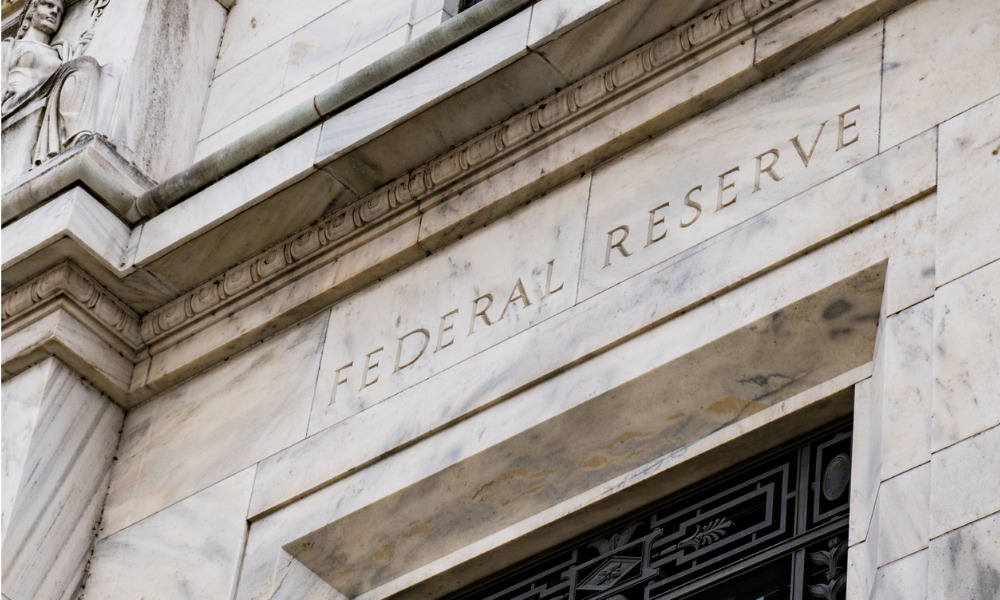

Economists are starting to think the Federal Reserve is keeping money a little too tight.
That’s the takeaway from results of a National Association for Business Economics poll published Monday, which showed 21% of respondents considered the US central bank’s current monetary policy stance to be “too restrictive” — the most since 2011.
The results, published ahead of NABE’s annual economic policy conference this week in Washington, were collected between Jan. 23-30, just before the Fed’s most recent policy meeting on Jan. 30-31.
Fed officials raised their benchmark interest rate by more than five percentage points between March 2022 and July of last year, in the fastest tightening cycle since the early 1980s. Inflation receded quickly in the second half of 2023, priming expectations in financial markets that the central bank would start reducing rates early in 2024.
At the January meeting, Fed Chair Jerome Powell and his colleagues voted to leave the benchmark unchanged and signal that the next gathering in March would be an unlikely starting point for rate cuts. Investors are currently betting that easing will begin in May.
Powell cited robust economic growth and a strong job market as reasons why the Fed could take its time before beginning to undo the tightening measures. A monthly employment report published on Feb. 2 showed job creation was much higher than expected to start the year, and job growth in 2023 was also revised higher.

The looming threat of federal funding cuts to state and local governments has lawmakers weighing a levy that was phased out in 1981.

The fintech firms' new tools and integrations address pain points in overseeing investment lineups, account monitoring, and more.

Canadian stocks are on a roll in 2025 as the country prepares to name a new Prime Minister.

Carson is expanding one of its relationships in Florida while Lido Advisors adds an $870 million practice in Silicon Valley.

The approval of the pay proposal, which handsomely compensates its CEO and president, bolsters claims that big payouts are a must in the war to retain leadership.
RIAs face rising regulatory pressure in 2025. Forward-looking firms are responding with embedded technology, not more paperwork.
As inheritances are set to reshape client portfolios and next-gen heirs demand digital-first experiences, firms are retooling their wealth tech stacks and succession models in real time.
